How to Run the Intel Version of a Universal Mac App on an M1 Mac |
- How to Run the Intel Version of a Universal Mac App on an M1 Mac
- How to Create Random (Fake) Datasets in Microsoft Excel
- How to Translate Web Pages in Safari on Mac
- How To Check If Your Phone Supports Google’s RCS Messaging
- How to Find Your Spotify Wrapped 2020
- Sapphire Radeon RX 6800 XT Nitro+ Review
- How to Pause Notifications on Android
| How to Run the Intel Version of a Universal Mac App on an M1 Mac Posted: 02 Dec 2020 09:17 AM PST  By default, a Mac with Apple Silicon will always run the ARM version of a universal binary app if available. But sometimes, older plug-ins you rely on may not have been upgraded to support Apple Silicon yet. Luckily, it's easy to force macOS to run the Intel version of an app through Rosetta instead. Here's how. First, open your "Applications" folder. One way to do it quickly is to open "Finder" and choose Go > Applications from the menu bar at the top of the screen. You can also open a Finder window and click "Applications" in the sidebar.
In the "Applications" folder, locate the universal binary app you'd like to run through Rosetta. Right-click (or Ctrl-click) the app's icon and select "Get Info."
In the "Get Info" window that appears, look toward the bottom of the "General" section. Enable the "Open using Rosetta" checkbox. You can now close the Info window.
The next time you open the app, it will open the x86_64 version of the app using Rosetta instead of the arm64 version. If you'd like to go back to running the Apple Silicon version of the app instead, open the app's "Get Info" window again and uncheck "Open using Rosetta." Good luck! This will hopefully become less necessary over time. Apple's first Apple Silicon Macs, which feature the M1 chip, will provide a platform for developers to port their applications to ARM so that they run natively on future Apple Silicon Macs. RELATED: What Is Apple’s M1 Chip for the Mac?
|
| How to Create Random (Fake) Datasets in Microsoft Excel Posted: 02 Dec 2020 08:09 AM PST
Creating random data to fill an Excel workbook is as simple as adding a few little-known formulas. These formulas come in handy when honing your Microsoft Excel skills, as they give you fake data to practice with before you risk mistakes with the real thing. Use the Formula BarTo start, we'll enter one of a few formulas in the Formula bar. This is the window below the ribbon, found here.
From there, it's about adding the data you want and then doing a little cleanup. Adding Random NumbersTo add an integer at random, we'll use the "RANDBETWEEN" function. Here, we can specify a range of random numerals, in this case, a number from one to 1,000, then copy it to each cell in the column below it. Click to select the first cell where you'd like to add your random number. Copy the following formula and paste it into Excel's Formula bar. You can change the number inside the parenthesis to fit your needs. This formula picks a random number between one and 1,000.
Press "Enter" on the keyboard or click the "Green" arrow to apply the formula.
In the lower-right corner, hover over the cell until the "+" icon appears. Click and drag it to the last cell in the column where you want to apply the formula.
You can use the same formula for monetary values with a simple tweak. By default, RANDBETWEEN only returns whole numbers, but we can change that by using a slightly modified formula. Just change the dates in parenthesis to meet your needs. In this case, we're choosing a random number between $1 and $1,000.
Once done, you'll need to clean up the data just a little. Start by right-clicking inside the cell, and selecting "Format Cells."
Next, choose "Currency" under the "Category" menu and then select the second option under the "Negative Numbers" option. Press "Enter" on the keyboard to finish.
Adding DatesExcel's built-in calendar treats each date as a number, with the number one being January 1, 1900. Finding the number for the date you need isn't so straightforward, but we've got you covered. Select your starting cell and then copy and paste the following formula into Excel's Formula bar. You can change anything in parenthesis to fit your needs. Our sample is set to pick a random date in 2020. Press "Enter" on the keyboard or click the "Green" arrow to the left of the Formula bar to apply the formula.
You'll notice that this doesn't look anything like a date yet. That's okay. Just like in the previous section, we're going to click the "+" sign at the bottom right of the cell and drag it down as far as needed to add additional randomized data. Once done, highlight all of the data in the column.
Right-click and select "Format Cells" from the menu.
From here, choose the "Date" option and then choose the format you prefer from the available list. Press "OK" once you're done (or "Enter" on the keyboard). Now, all of your random numbers should look like dates.
Adding Item DataRandomized data in Excel isn't limited to just numbers or dates. Using the "VLOOKUP" feature, we can create a list of products, name it, then pull from it to create a randomized list in another column. To start, we'll need to create a list of random things. In this example, we'll add pets from an imaginary pet store starting at cell B2 and ending at B11. You'll need to number each product in the first column, starting at A2 and ending at A11, coinciding with the product to the right. Hamsters, for example, have the product number 10. The headings in cells A1 and B1 aren't necessary, though the product numbers and names below them are.
Next, we'll highlight the entire column, right-click it, and select the "Define Name" option.
Under "Enter a name for the date range," we'll add a name and then click the "OK" button. We've now created our list from which to pull random data.
Choose a starting cell and click to highlight it.
Copy and paste the formula into the Formula bar and then press "Enter" on the keyboard or click the "Green" arrow to apply it. You can change the values (1,10) and the name ("products") to fit your needs:
Click and drag the "+" sign at the bottom right of the cell to copy the data into additional cells below (or to the side).
Whether learning pivot tables, experimenting with formatting, or learning how to create a chart for your next presentation, this dummy data could prove to be just what you need to get the job done. |
| How to Translate Web Pages in Safari on Mac Posted: 02 Dec 2020 06:26 AM PST  Often find yourself on websites with text in a foreign language? If you use Safari, there's no need to go to Google Translate. You can translate web pages between seven languages right in Safari on a Mac. Starting with Safari 14.0, Apple included a translation feature directly in the browser. As of this writing, the feature is in beta, but fully functional. If your Mac is running the latest version of macOS Mojave, Catalina, Big Sur, or newer, you can access the translation feature. The translation functionality works between the following languages: English, Spanish, Italian, Chinese, French, German, Russian, and Brazilian Portuguese. By default, you can translate any of the above languages to English. You can also add more languages to the mix (we'll talk more about that below). To get started, open a web page in one of the supported languages. Safari will automatically recognize that language, and you'll see "Translation Available" in the URL bar, along with a Translation button; click it.
If this is the first time you've used the feature, a pop-up will appear. Click "Enable Translation" to turn on the feature.
In the translation menu, select "Translate to English."
The text on the page will instantly convert to English, as shown in the image below. The Translation button will also turn blue.
To disable the Translation feature and return to the original language, click the Translation button again, and then select "View Original."
As we mentioned above, you can also translate to languages other than English. To do so, click the Translation button, and then select "Preferred Languages."
This opens the "Language & Region" menu in System Preferences. Here, click the plus sign (+) to add a new preferred language. You can add multiple languages here while continuing to use English as the default language across your Mac.
In the pop-up, select the languages you want to add, and then click "Add."
System Preferences will ask if you want to make this your default language. Choose the previous default language if you want it to remain the status quo.
Now that you've added a new preferred language, you'll see the translation button even when you visit web pages that are in English. The translation process for a preferred language is the same: click the Translation button in the URL bar, and then select "Translate to [the language you selected]."
Again, you can view the original at any time by simply clicking "View Original" in the Translation menu. If you're traveling to a new country, you can also use the built-in Translate app on your iPhone or iPad to quickly translate speech between multiple languages. |
| How To Check If Your Phone Supports Google’s RCS Messaging Posted: 02 Dec 2020 01:05 AM PST You might have heard about RCS or Rich Communication Services. So, what's actually the RCS, and which phones support it? If you have such questions in your mind, then this article might help you. What is RCS?RCS is basically a huge upgrade over SMS. It is a protocol between mobile operators and phones. Initially, RCS was supposed to be deployed by the carriers themselves, in partnership with Google, on a phone-by-phone basis. However, things didn't work out pretty well, and then Google took things into its control and enabled RCS chats on phones regardless of the carrier. Just like instant messaging apps, RCS relies on an internet data connection to send and receive messages. The only difference is that the RCS protocol is designed to replace the SMS and MMS. If your phone supports RCS messaging, you don't need to install any separate app to get the chat features. Also Read: How to Use Google Task Mate to Earn Money How to Check If Your Phone has RCS supportSince Apple uses it owns messaging standard – iMessage, RCS is not supported on iPhone. So, if you want to get RCS, you need to have an Android device. Even if you have an Android device, you need to use a Messaging app that supports RCS. As of now, Google Messages is the only app that supports RCS, and since it supports all smartphone, we will be using that app in this guide. Note: The pre-installed messaging app from your phone maker may also support RCS. In that case, you don't need to install Google Messages. Step 1. First of all, launch the Google Messages app on your Android device. Step 2. Now on the top, tap on the 'Three-dot' menu icon. Step 3. From the menu options, select 'Settings.' Step 3. If your phone supports RCS, you will find the 'Chat Features' option. Step 4. Tap on the Chat Features and enable the RCS features like the Read Receipts, Show typing indicators, etc. Step 5. Once done, the Chat Features status would be changed to 'Connected.' Step 6. If you wish to disable the RCS features, turn off the RCS chat features. That's it! You are done. This is how you can enable RCS chat features in Google Messages. So, this is how you can check if your Android phone has RCS. I hope this article helped you! Please share it with your friends also. If you have any doubts related to this, let us know in the comment box below. |
| How to Find Your Spotify Wrapped 2020 Posted: 01 Dec 2020 07:09 PM PST
2020 has been a year for the books, but that hasn't stopped anyone from streaming and listening to countless hours of music on Spotify. With the launch of Spotify Wrapped 2020, you can see which songs, artists, and podcasts you listened to most over the past year. What is Spotify Wrapped 2020?Spotify celebrates the end of each year by showcasing which music, genres, and more that you listened to over the past 12-ish months. Spotify Wrapped 2020 is now live for subscribers to dig through and share with their friends on social media. If you don't have a Spotify account, you can still experience 2020 Wrapped. Instead of jumping into your own streaming data, you can head over to the Spotify Wrapped website and scroll through the top podcasts, which decade's music was listened to most, and more of 2020.
How to Find Your Spotify Wrapped 2020 |
| Sapphire Radeon RX 6800 XT Nitro+ Review Posted: 01 Dec 2020 12:45 PM PST Today we’re checking out Sapphire's new Nitro+ Radeon RX 6800 XT graphics card, which of course is powered by one of AMD’s latest GPUs. Sapphire offered one of the best RX 5700 XT models around, so we’re very keen to check this thing out and see what else has changed when compared to previous 5700 and Vega series Nitro+ models. In terms of dimensions, this is a large graphics card measuring 310mm long, stretching 17% longer than the AMD reference model. It also stands 134mm tall and 55mm wide, making it 12% taller and wider than the reference model, so it will take up three expansion slots. The RX 6800 XT Nitro+ is rather large however it only weighs in at 1230 grams, surprisingly light for the size considering the reference card weighs in at 1510 grams. Sapphire told us they've focused on refining the heatpipe and fin design of the RX 6800 Nitro+ and as a result, it's lighter than past models. For example, when compared to the Vega 64 Nitro+ which featured a 1580 gram heatsink — a cooler that weighs more than the entire 6800 XT Nitro+ — this new model only packs a 775 gram heatsink. This means Sapphire has been able to reduce the heatsink’s weight by almost 50%, even though Vega 64 and the 6800 XT feature the same board power rating. Design-wise, the Radeon 6800 XT Nitro+ looks fairly similar to the 5700 XT version with a few obvious modifications. The fans have been redesigned and look remarkably similar to the axial-tech fans from Asus. They feature a similar ring design, though Sapphire has added some slots to the 100mm outer fans which rotate counterclockwise. Meanwhile, the centrally located 90mm fan spins in a clockwise direction. The fan shroud has been constructed using plastic, but it looks good and features the typical Nitro+ silver highlights. RGB lighting can be found on the outer edge, there's backlit Sapphire branding, and a thin light bar. Then around on the backside of the card we find a full-length silver backplate with a backlit Nitro logo. The backplate looks nice and features a number of cutouts to aid air-flow. A look at the I/O panel reveals a standard configuration that includes a single HDMI 2.1 port and three DisplayPort 1.4 outputs. We tore down the card after removing a series of screws from the backside of the card, so the main cooler can be removed. The primary heatsink with the three fans and plastic should weigh in at just 668 grams, that's incredibly light. It's designed to cool just the GPU directly while a second much smaller heatsink will capture air-flow from the main heatsink to cool the VRM and GDDR6 memory. This is similar to the design used by Sapphire’s 5700 XT model which worked well, ensuring cool operating temperature for all the critical components. Getting back to the primary heatsink though, we find a small copper base plate which connects to half a dozen 6mm thick nickel plated copper heatpipes which disperse the heat though three separate banks of aluminium fins. The smaller heatsink which is really a series of smaller heatsinks connected on a baseplate using two low-profile heatpipes. It's a neat kit that directly cools the GDDR6 memory along with the powerstages and inductors. On the PCB we find a robust VRM packing 16 powerstages along with a pair of 8-pin PCIe power connectors and a dual-BIOS switch. For the powerstages Sapphire is using Infineon's TDA21472 OptiMOS powerstages which are rated for a 70A capacity. 13 have been used to deliver power to the GPU, 11 for GFX and 2 for SOC. Then, in addition to that, there's a single phase for GPU power, VDDCI and 2 phases for the GDDR6 memory. Finally, on the rear of the PCB we find a single thermal pad which has been used to remove heat from the backside of the VRM, or at least the VRM components located on the right side of the board. We expected to find more thermal pads here, but Sapphire has deemed that unnecessary. Still, it's good to see that some heat is being transferred to the aluminum backplate. The Sapphire RX 6800 XT Nitro+ lists a boost clock frequency of 2360 MHz, which is a 5% increase over the 2250 MHz default AMD spec. The GDDR6 memory has been left stock at 16 Gbps. When compared to other factory OC graphics cards, a 5% overclock is mild, so it’ll be interesting to see how much OC headroom is left. Playing Shadow of the Tomb Raider for 30 minutes saw the Nitro+ peak at 73 degrees in a 21 degree room inside the Corsair Obsidian 500D fully populated with fans. That's just 2C cooler than the AMD reference card, though keep in mind power consumption has increased by ~13% and the fans speed is slightly reduced. Speaking of fan speed, in order to maintain this temperature the fans spun at just 1500 RPM which is very low. The typical core clock speed seen during our testing was 2365 MHz and that saw power consumption hit 336 watts for just the graphics card, an 13% increase over the AMD reference model. When overclocking to the card’s limit we saw a peak operating temperature of 73 degrees, but this time the fans spun up to 1700 RPM. The card remained very quiet and couldn't be heard over the case fans even then. The overclock saw the cores operate at 2560 MHz on average, and the memory also hit 17.2 Gbps, which is the current limit enforced by AMD. Finally, when pushed to the overclocking limit, the card sucked down 364 watts, or an 8% increase from the stock factory OC configuration. For benchmarking we used our GPU test rig that consists of a Ryzen 9 3950X and 32GB of DDR4-3200 CL14 memory and the latest drivers available. BenchmarksSince we’ve already thoroughly tested the Radeon RX 6800 XT GPU, for reviewing a custom AIB offering we didn’t bother retesting with many games as the figures are pretty much the same. Here’s a quick look at out of the box performance along with a manual overclock in Shadow of the Tomb Raider. At 1440p we're looking at a mere 3% performance improvement for the Nitro+ over the AMD reference card, while we were able to squeeze a further 3% with a manual overclock.
The gains at 4K are a little more impressive. Here the Nitro+ was 5% faster than the Radeon reference board out of the box, and then 10% faster with our overclock. That's not an amazing improvement, but it was enough to match a stock RTX 3080.
When it comes to power consumption, the Sapphire Nitro+ is tuned more aggressively than AMD’s reference as power consumption has been increased by 13%. Our manual overclock increased power usage by a further 8%, and now we're above what the RTX 3090 Founders Edition sucks down.
The stock operating temperatures of the Sapphire Nitro+ are very impressive, especially given the high bar set by AMD. We're looking at a 2 degree reduction of the GPU and GDDR6 memory, which is not an amazing improvement, but given how good the reference model was, it’s a pretty good result. When it comes to VRM temps, we're looking at a 6C reduction, which is significant, though again both models do maintain a very cool VRM temperature that's well within spec.
Here's a quick look at noise normalized operating temperatures, though please note we're not power normalizing the cards as we feel that's one step too far, making it more of a scientific test and less practical consumer advice. The big advantage of the Nitro+ is its increased power target, beyond what can be achieved with the reference model, so it's unlikely you'll be dialing it back for even lower thermals, but you'll possibly tweak the fan curve. When noise normalized, there's virtually no temperature difference between these two models, which is an impressive result for the Nitro+ given it's handling 13% more power. Wrap UpThe Sapphire RX 6800 XT Nitro+ is everything we've come to expect from a Nitro+ graphics card: it's cool, quiet, and offers a good amount of OC headroom, at least when compared to the AMD reference graphics card. AMD set a high bar with the Radeon RX 6000 series reference boards, for the first in a very long time. However, that was not a problem for Sapphire as they’ve been building custom Radeon cards for years and in this instance managed to match the reference’s thermals, while offering superior out of the box performance. The much lighter design should be easier on your PCIe slot, too, and by shaving off that extra weight, the reduced PCB flex should be an advantage to consider. Excessive weight also makes it more challenging to mount the cooler to the GPU die, something Asus has had trouble with in the past, most notably with their Strix 5700 XT. In terms of performance, the Nitro+ is excellent. Whether or not it's the best 6800 XT has yet to be seen, but it's certainly good enough to recommend. Key reasons to purchase the Nitro+ over a reference model include dual BIOS support and increased overclocking headroom. Other reasons might include stuff like the physical design, although in this particular aspect I personally prefer the all aluminum construction of the reference card. Finally, there’s price. Unlike the limited-release AMD reference model which targets the MSRP, the Nitro+ will certainly be fetching a premium. Given Sapphire’s 5700 XT version came in $60 over MSRP, we'd estimate the 6800 XT Nitro+ will cost at least $700. That's RTX 3080 money, but of course, you won’t be able to buy one of those right now (and possibly for the next few months). We’re crossing our fingers for good Radeon RX 6000 availability in the next 3 to 4 weeks, but we’ll have to wait and see if Radeons don’t suffer the same fate as GeForce GPUs. Shopping Shortcuts: |
| How to Pause Notifications on Android Posted: 01 Dec 2020 11:19 AM PST
Notifications can be a blessing and a curse. They're super handy at times, but they can be distracting too. If you have an Android smartphone or tablet, there's a good chance you can give yourself a break and snooze them. It's possible to completely turn off notifications for specific apps, but sometimes, that's too aggressive. Maybe you just need to pause distractions for a short time. Android Oreo has introduced notification snoozing, and it's available on many devices. Snoozing notifications is available on Google Pixel phones and Samsung Galaxy devices. Availability is limited (and sometimes not available) on phones and tablets from other manufacturers. Here's how it works. On some versions of Android, you'll need to manually enable Notification Snoozing before you can use it. Swipe down from the top of the screen (once or twice depending on your device's manufacturer) and tap the gear icon to open the Settings menu.
From the Settings menu, go to "Apps & Notifications."
Select the "Notifications" option.
Scroll down and expand the "Advanced" section.
Toggle the switch on to "Allow Notification Snoozing."
Now we can actually pause some notifications. First, swipe down from the top of the screen to open the notifications shade.
Next, find a notification from the app that you want to snooze, and slowly slide it to the left or right.
Lift your finger before fully swiping it away. You'll see a gear icon, and either a bell or a clock icon. Tap the clock icon.  Or select the bell icon.  The notification will say "Snoozed for 1 Hour." Tap the down arrow to see more time options.
The time options will usually be 15 minutes, 30 minutes, 1 hour, and 2 hours. Choose one of the listed times (and tap "Save" if that button is shown).
That's it! After the snooze period is over, all the notifications that came in during that time will appear. Unfortunately, snoozing doesn't work for all apps, so your results may vary. Keep that in mind when trying out this feature. |
| You are subscribed to email updates from My Blog. To stop receiving these emails, you may unsubscribe now. | Email delivery powered by Google |
| Google, 1600 Amphitheatre Parkway, Mountain View, CA 94043, United States | |








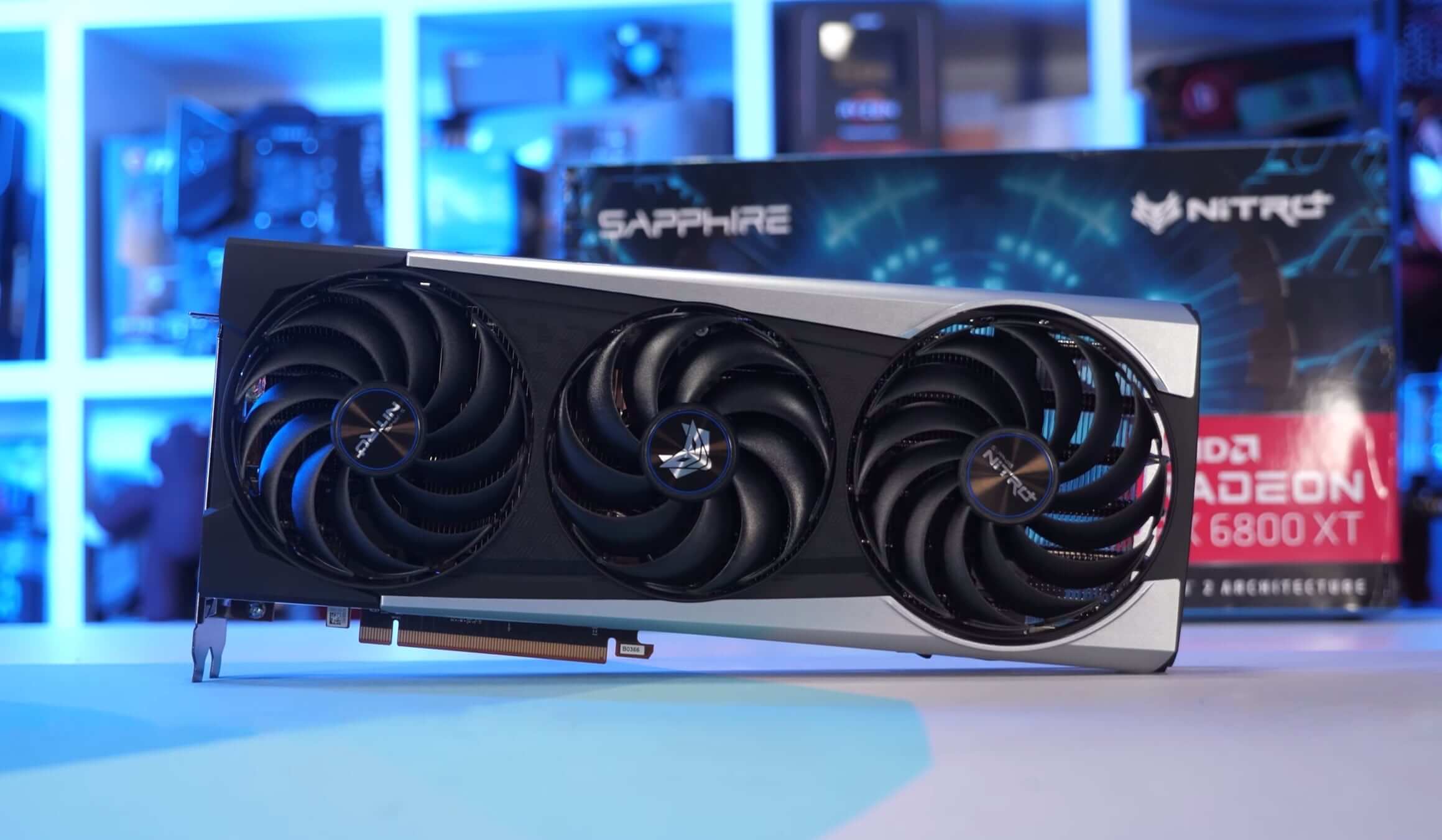



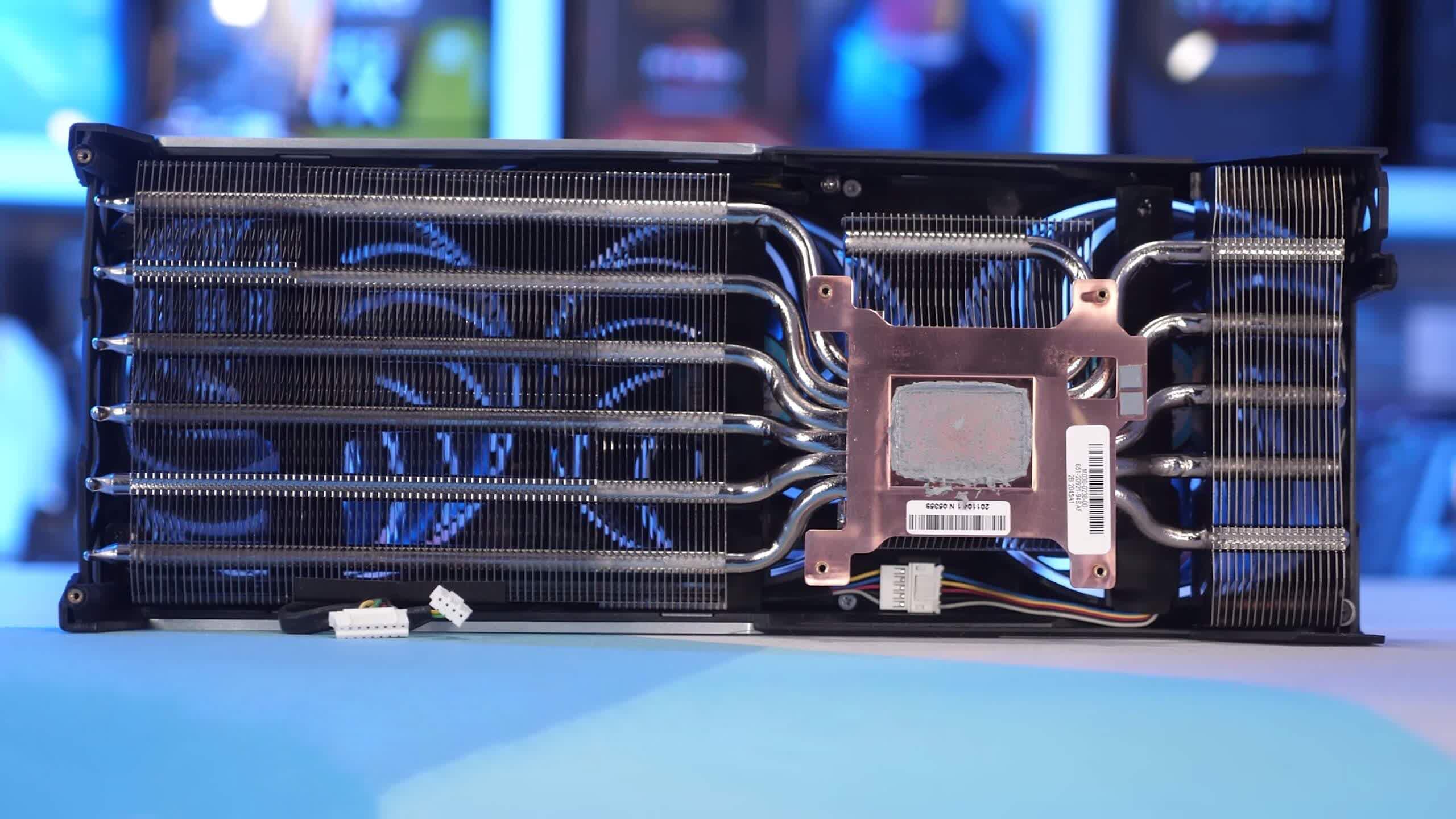
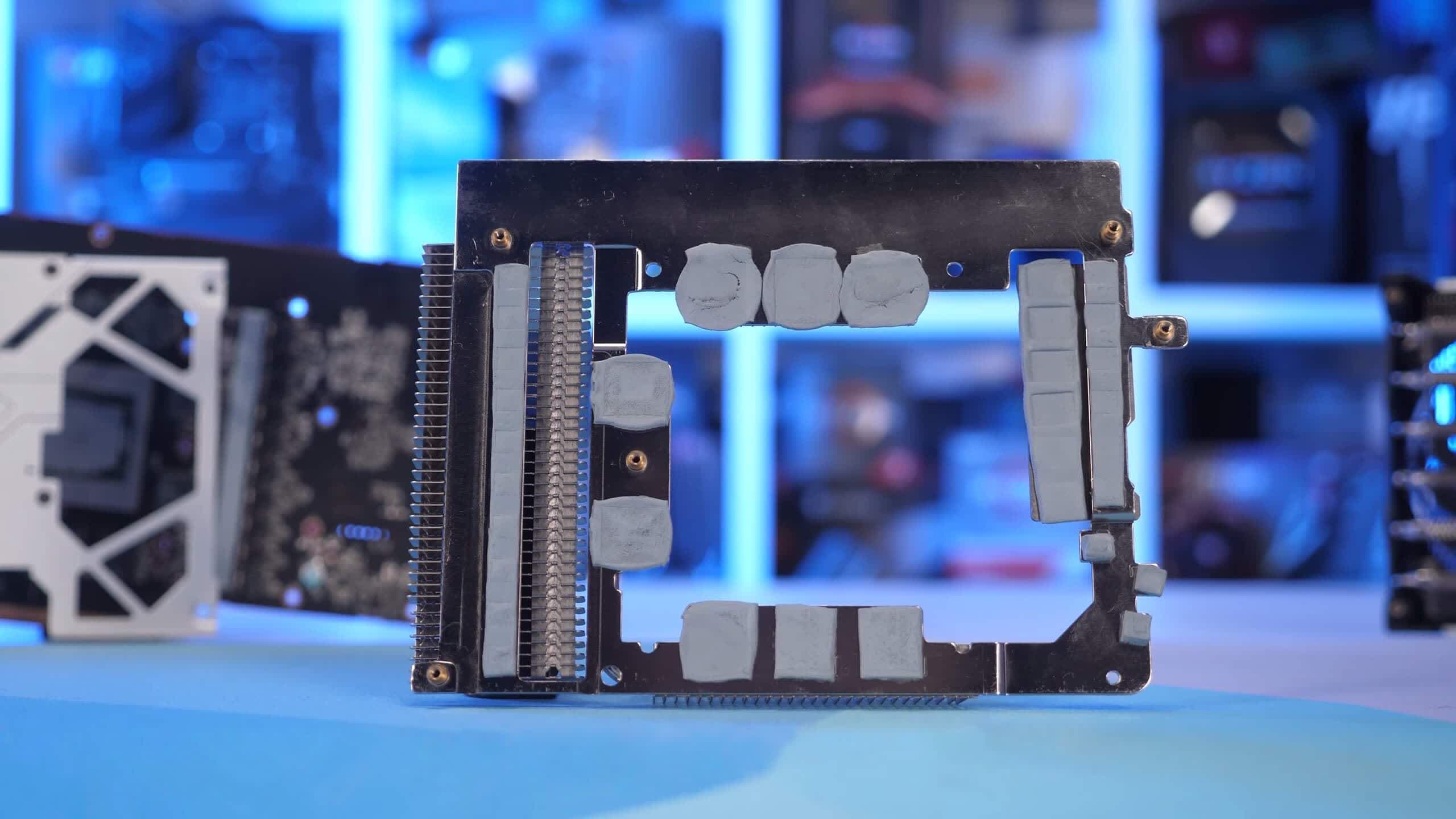
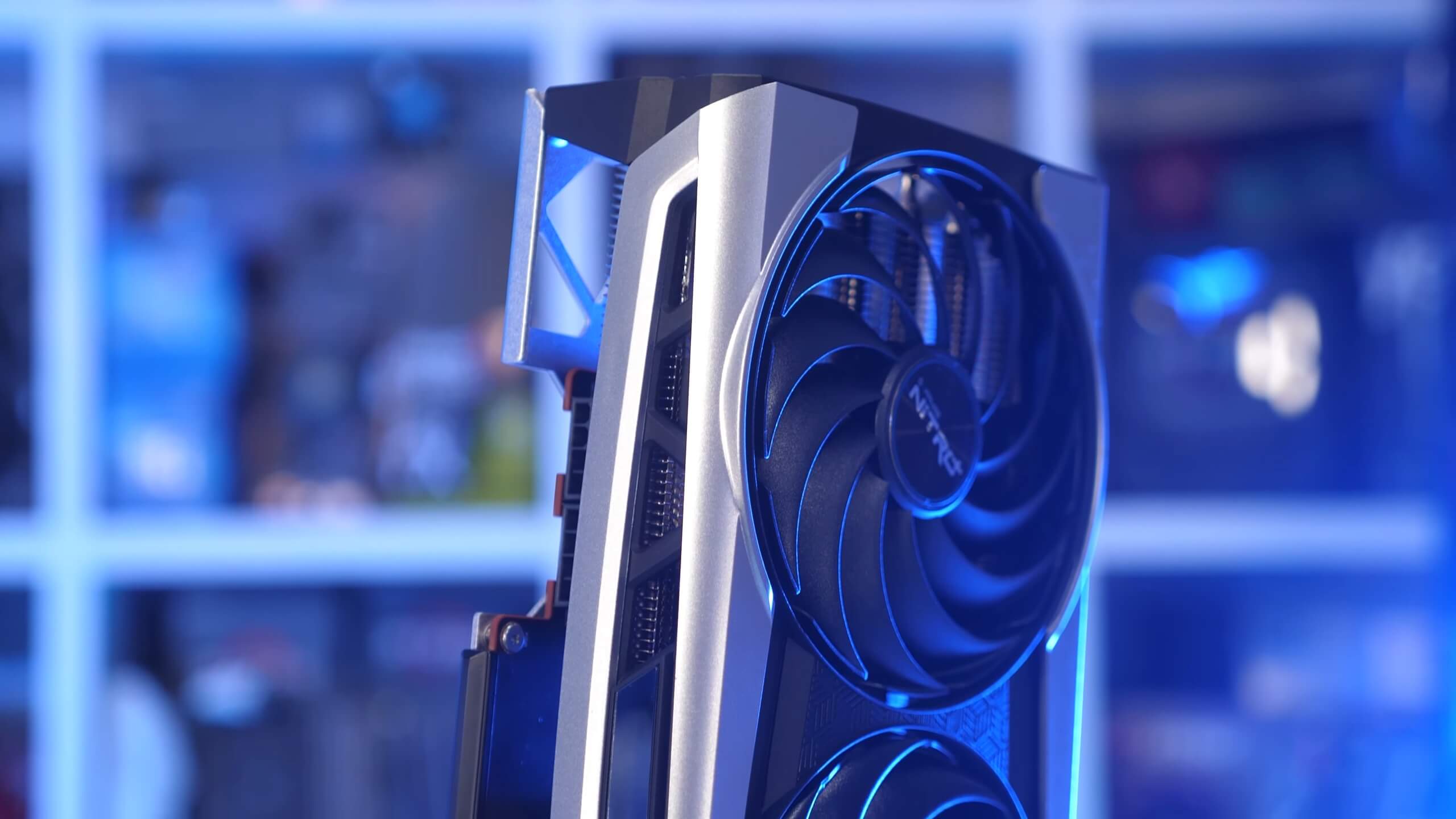
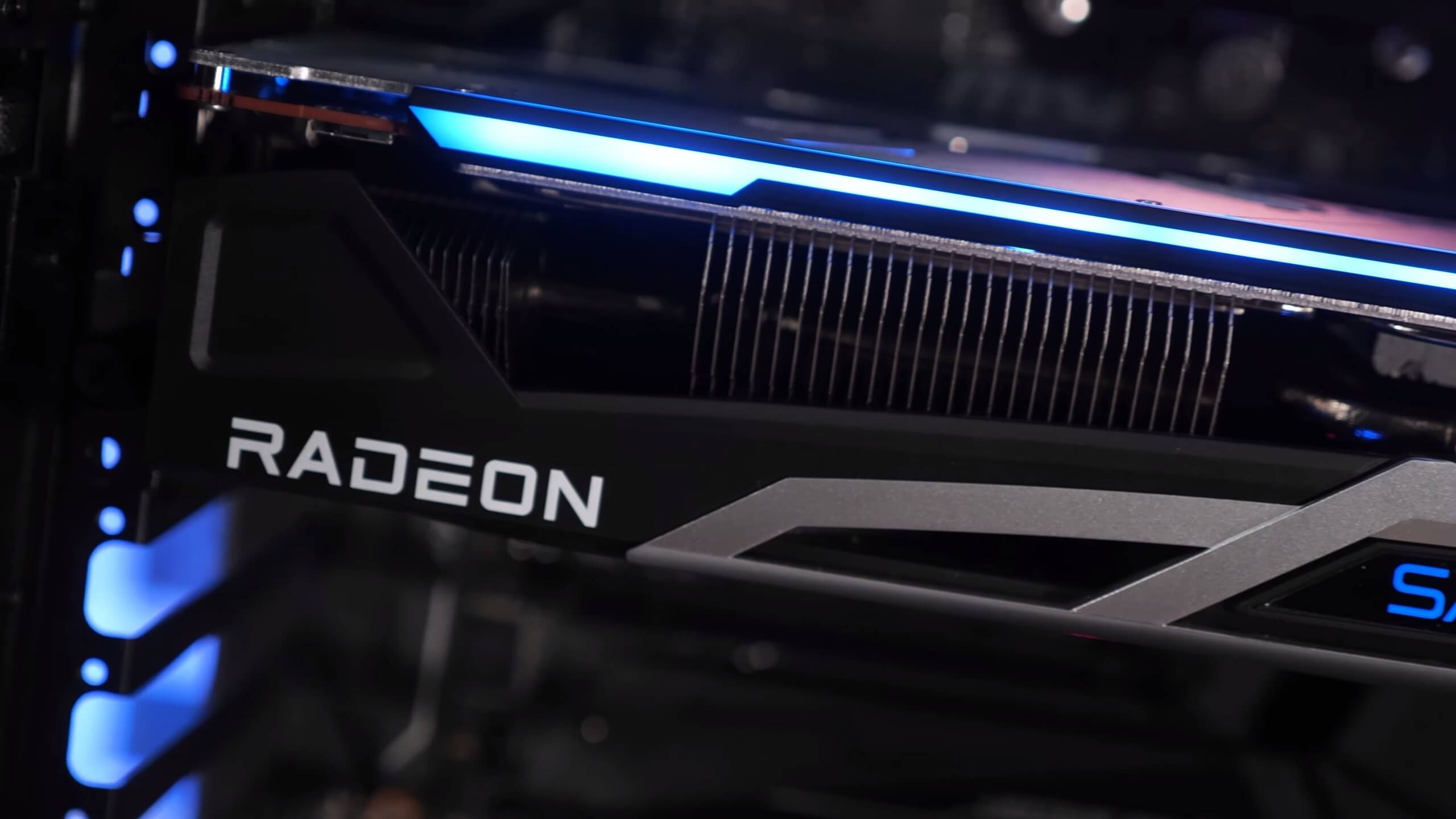






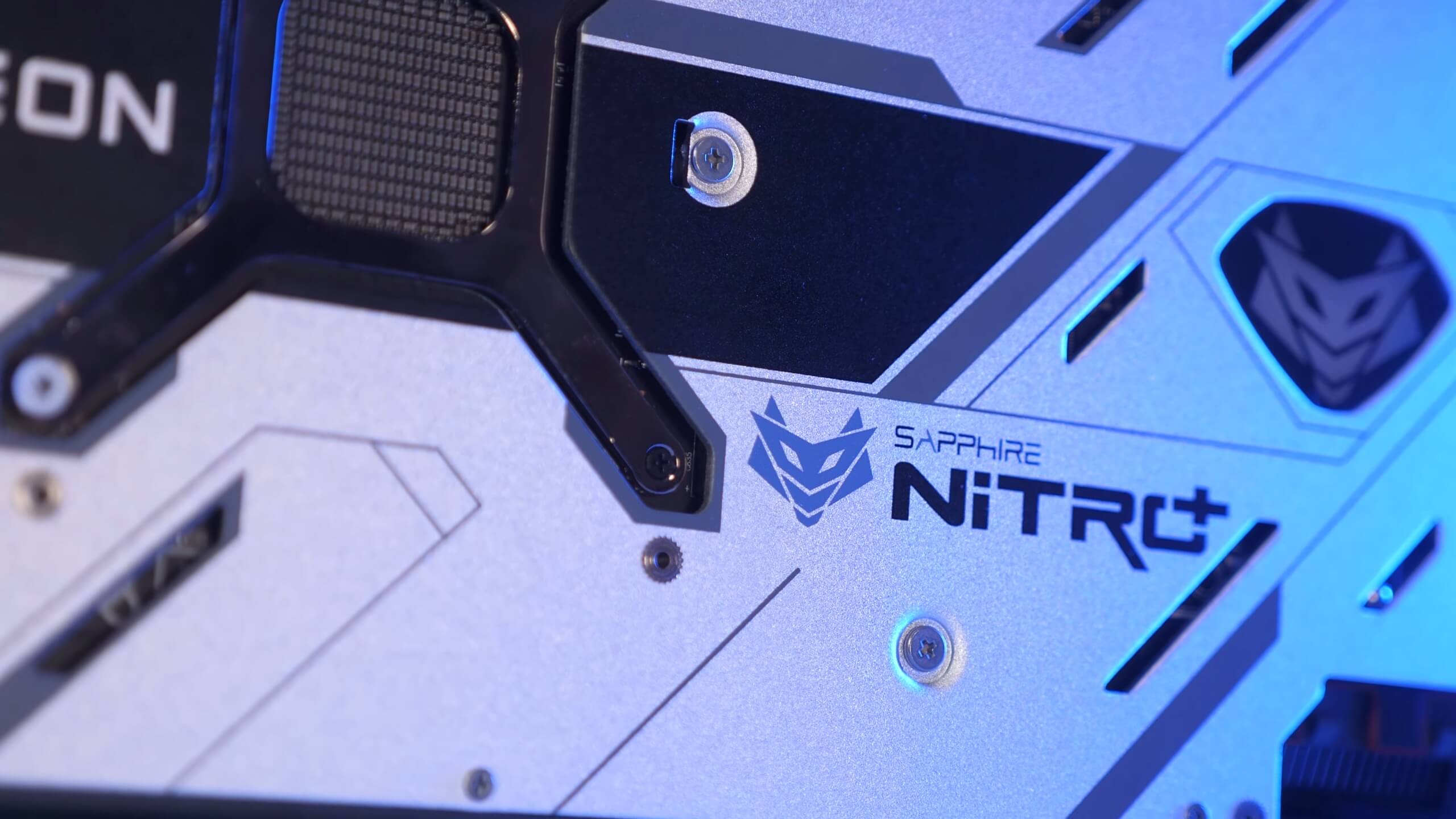
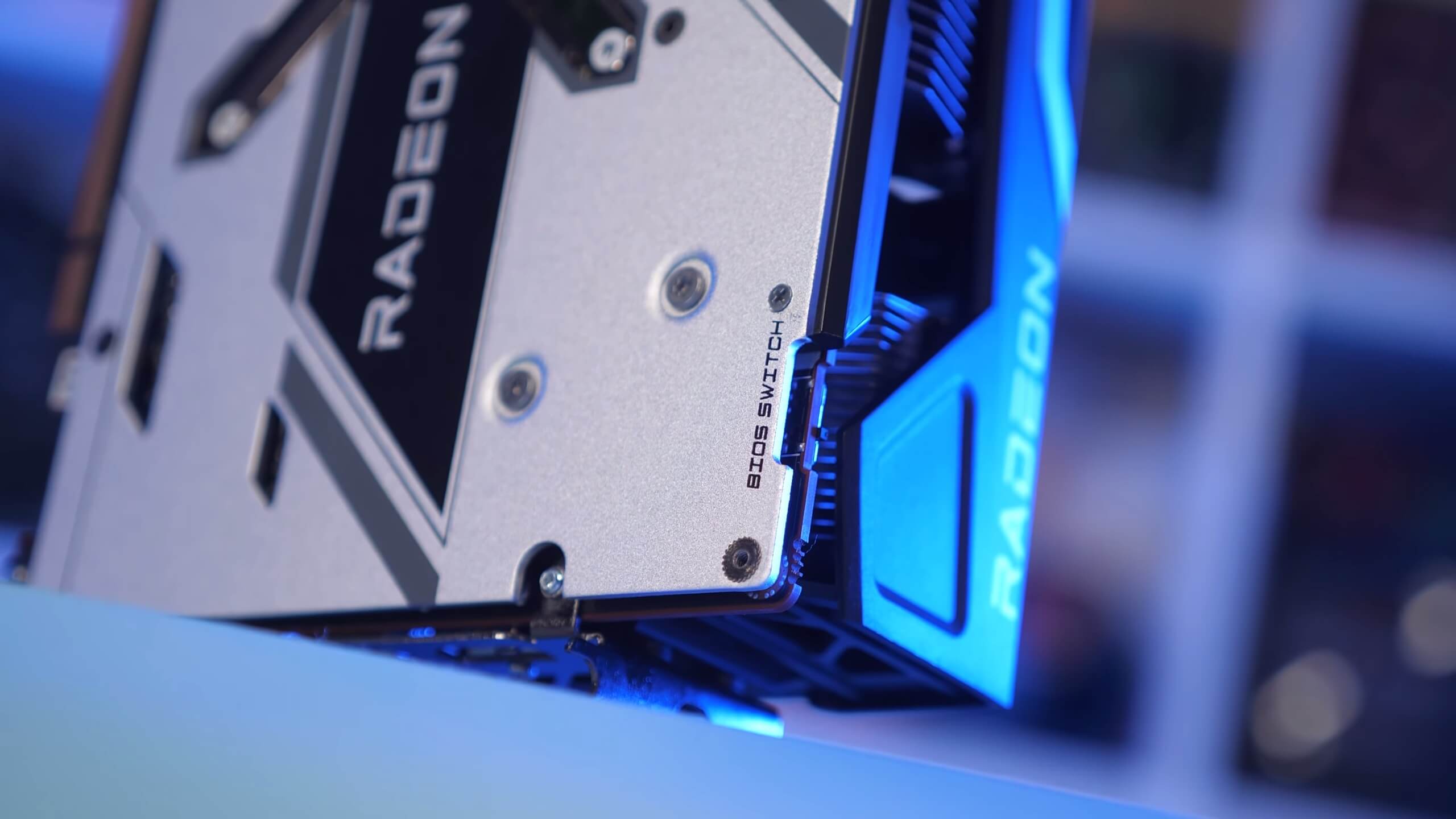
0 nhận xét:
Đăng nhận xét